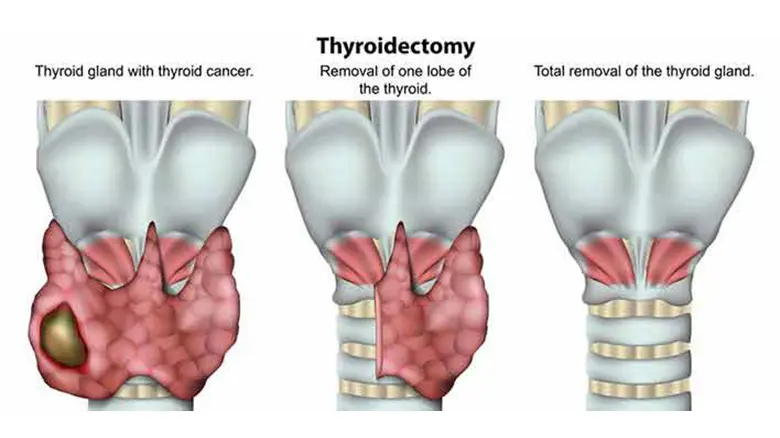Our specialists
At Gleneagles Hospital, our multidisciplinary team of ENT specialists, general surgeons and endocrinologists is adept in diverse medical specialties to provide an accurate diagnosis and appropriate course of treatment for you.
From conventional open thyroidectomy approaches to more advanced robotic assisted surgeries, you can be assured of our utmost care.
^Specialists may qualify to be on the Extended Panel (EP). You may enjoy selected panel benefits depending on your policy and riders.





